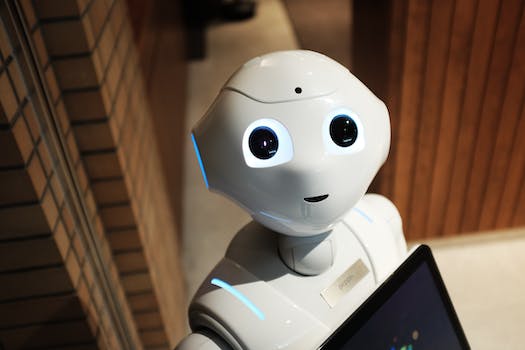Hey there, folks!
Have you heard about machine learning, deep learning, and neural networks? I bet you have, since these are some of the most popular buzzwords in the tech industry nowadays. But are you really sure what they mean? Do you understand the differences between them? If not, don’t worry, I’m here to help demystify them for you!
Let’s start with machine learning. In simple terms, machine learning is a technique that enables a machine to learn from data and improve its performance over time without being explicitly programmed. It’s like teaching a child how to ride a bike. At first, you need to guide them, but once they get the hang of it, they can ride on their own. Similarly, in machine learning, you provide the machine with data and let it learn from it to perform a specific task.

Now let’s move on to deep learning. Deep learning is a subset of machine learning that uses artificial neural networks to model and solve complex problems. Think of it as a more advanced version of machine learning. It’s like teaching a child to ride a bike, but this time, you’re using a more sophisticated approach, like teaching them how to balance themselves on a unicycle. Deep learning algorithms can learn from data that has multiple layers of abstraction, making it possible to recognize patterns and classify data with high accuracy.
Finally, let’s talk about neural networks. Neural networks are a model for deep learning, inspired by the structure and function of the human brain. They consist of layers of interconnected nodes that process and transmit information. Each node receives input from other nodes, processes it, and then passes it on to the next layer. Neural networks are used for image and speech recognition, natural language processing, and other tasks that require understanding complex data.
So there you have it, folks! Machine learning, deep learning, and neural networks demystified! These technologies have the potential to revolutionize the way we live and work, from self-driving cars to personalized medicine. As AI continues to evolve, it’s important to understand what these terms mean and how they can be used to solve real-world problems.
Thanks for reading, and keep on learning!
Leave a Reply